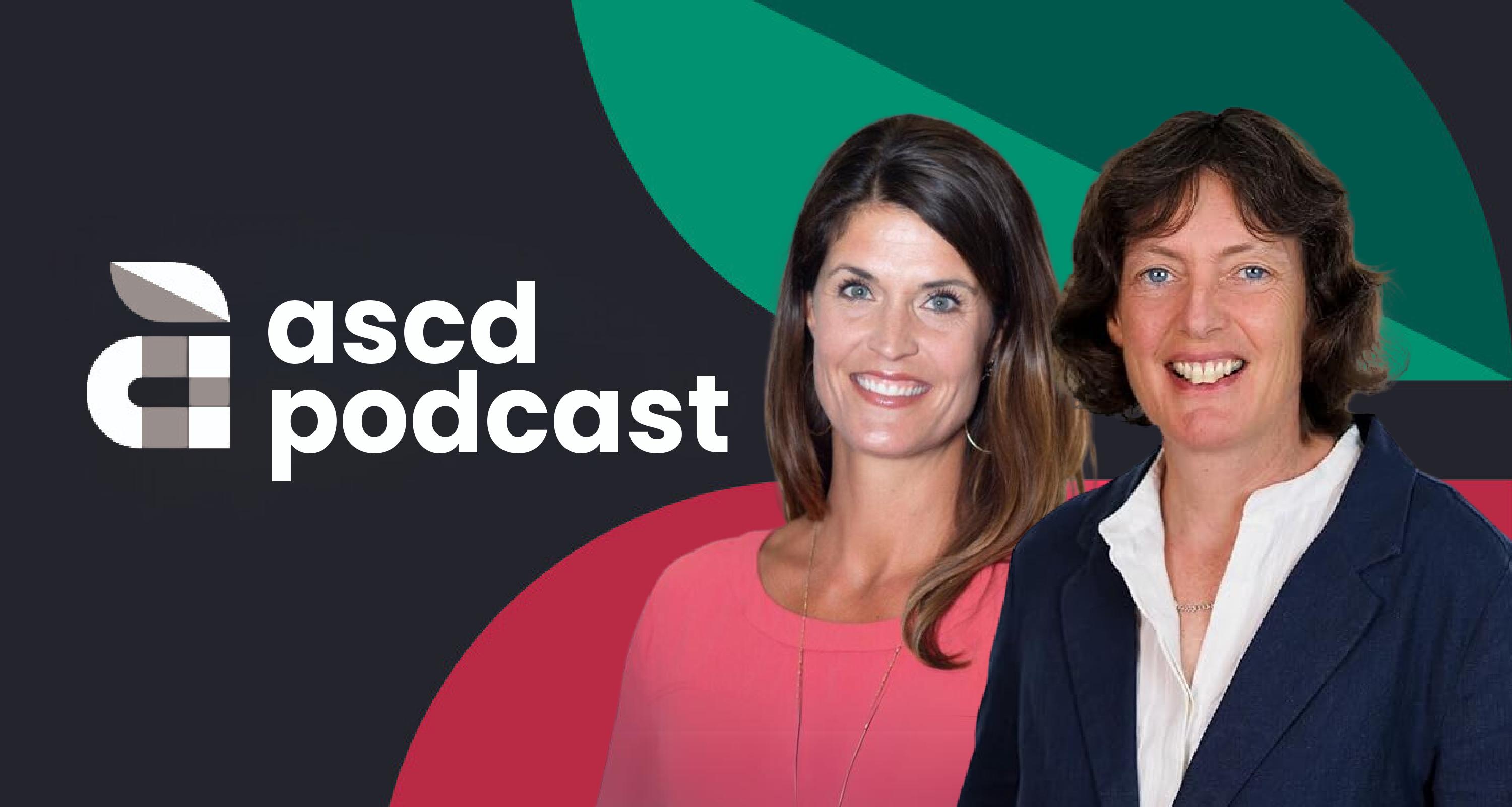It’s 7:55 a.m. on a Tuesday morning when Anna, a 4th grade teacher in Clark County (NV) School District, receives an email from her principal. She’ll need to give up her preparation period to supervise the class of a colleague who is absent for the day. “It’s nothing new," Anna shared with us in an interview, "but it’s still exhausting. We have so much to accomplish and we need time to do it.”
Anna’s experience has become commonplace as schools across the nation emerge from, or continue to coexist with, the pandemic. Leaders are challenged with finding impactful strategies for supporting teachers in environments that demand responsive, systematic approaches. While public celebrations and tokens of appreciation certainly support a positive culture, leaders must ensure their efforts address the stressful working conditions that teachers are experiencing after endless months of VUCA (volatility, uncertainty, complexity, and ambiguity). In Anna's case, her school met each challenge that arose and surged ahead. So, how did they do it?
1. Rebuild Trust with Transparency at Every Turn
Open communication sounds simple, right? But beware the imbalance of too much “what” and not enough “how” and “why.” Research strongly supports the connection between transparency and trust in organizations. If Anna’s school had sent an endless stream of daily notices informing teachers that their time had been robbed yet again (the “what”), she could've easily assumed the worst about her principal (he’s insensitive) or developed bitterness toward her teammates.
In this case, however, the leadership team in Anna's school proactively spent time with staff outlining the data and decision-making steps that would be undertaken to determine when to call on a teacher for coverage and when other options would be utilized (the “how” and “why”). Throughout the year, the entire staff came together to discuss current challenges (and celebrations!), and leaders brought ample data —student attendance, teacher attendance, behavior incidents, etc.—for all to view.
“When we see the numbers, then talk about what we can each do about some of the issues, we feel like part of the same team on the same path. Our principal trusts us [as teachers] to share the good and the bad and I trust him [in return],” Anna said. Because the administration created pathways for open, honest communication about important matters, teachers are seeing themselves as valued members of a collaborative group.
2. Elevate Teacher Voice in Proactive Problem Solving
“It's easy to sit back and judge a colleague for being absent or for missing a meeting . . . until it happens to you,” Anna shared. When the third school year of the pandemic began, Anna’s school engaged teachers in open, honest team discussions about responding to staff shortages. A set of informal agreements was established through which, faced with the very real complexities of COVID-related absences yet again, teachers identified what level of extra effort was tolerable, what tested their limits, and what exceeded reasonable boundaries. With this form of “level-setting,” the administrators planted the seeds for their own understanding of how to support staff and simultaneously created transparency among teachers.
Anna’s principal approached the very real challenges of attendance, behavior, and learning interruptions with teachers, leaders, and support staff at the table. They reflected on a key question: How are we all going to get through this experience together?
3. Lead Through the Weeds
“For the first time ever, I have so many resources I haven’t even tried to use, it’s almost comical!” Anna told us. Teachers everywhere are at risk of “initiative overload” resulting from the myriad strategies and tools once employed to navigate remote and hybrid learning. They may succumb to feelings of inadequacy or anxiety that they are not doing enough when faced with a confusing and complex menu of resources. Worse still, that lack of focus could be passed on to students.
At Anna’s school, the administration engaged the team to establish clarity. “Teachers got to be part of an initiative inventory,” Anna said. “The leaders had already culled down loads of things into buckets, or like categories, and we broke into teams to rank things by how important they were to student learning, or to doing our job, for example. My principal is [currently] looking at all our ideas and coming back with a plan of how we’ll dig deeper on just some tools and make others optional to use.”
Taking time to sort through the clutter helps everyone prioritize and elevates consistency across classrooms. As important, hearing administrators articulate why resources were selected to support student learning helps teachers understand the maze of options and see the bigger picture.
4. Don’t Just Inspect What You Expect, Protect It!
Resources aren’t the only area where teachers need the support of leaders to ensure focus. For example, Anna’s principal values protecting teachers’ time to examine student learning progress above all else. “We’ve been working in weekly PLCs for a few years now and we are never, ever asked to do anything else during this time, even when we taught remotely,” Anna shared.
Securing this sacred time sends a strong message that student learning is priority number one, Anna continued. “My administrators won’t hesitate to substitute for an absent teacher. I think it’s hard for their schedules, but it’s hard for ours, too, and they know that. It’s a huge gesture when I don’t have to give up yet another planning period!”
Job Satisfaction Is Bigger Than Tokens or Words of Appreciation
The education landscape has changed immeasurably since March of 2020, and we may feel compelled to face new challenges with untested strategies. Schools such as Anna’s, though, are bolstering teachers with systems that empower teachers and enable them to feel successful and confident. Ultimately, practices such as those discussed above that support the integrity and professionalism of teachers will ensure greater job satisfaction and encourage experienced teachers like Anna to stay in the classroom, benefiting all students.
Abigail French is a presenter, an instructional coach and mentor, a curriculum writer, and a seventh grade teacher at Frederick County Middle School in Virginia. At the center of Abby’s work in education, with adults or students, is her belief that building a culture rich in empathy and inquiry best supports deep learning experiences and growth for all community members. Abby is a recipient of the VASCD Impact Makers Award for 2022 and a 2020 ASCD Emerging Leader.
Facilitator of the Self-Determined Learning Lab
Frederick County Public Schools
Champions in Education, class of 2022








